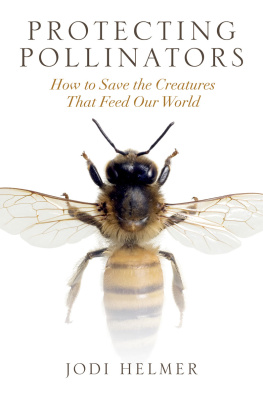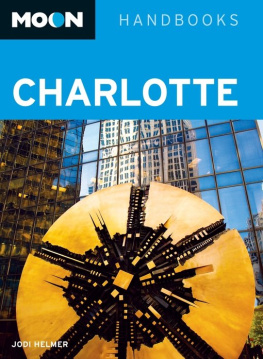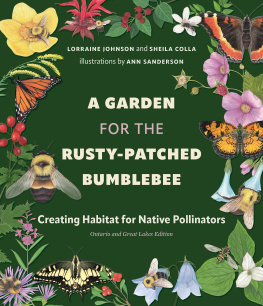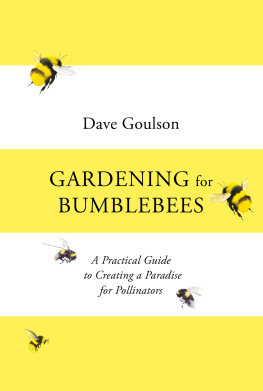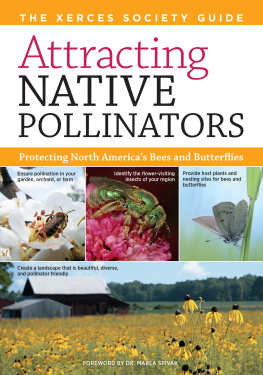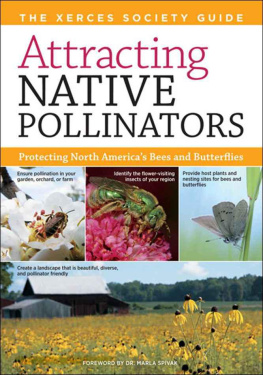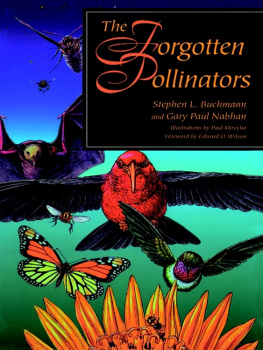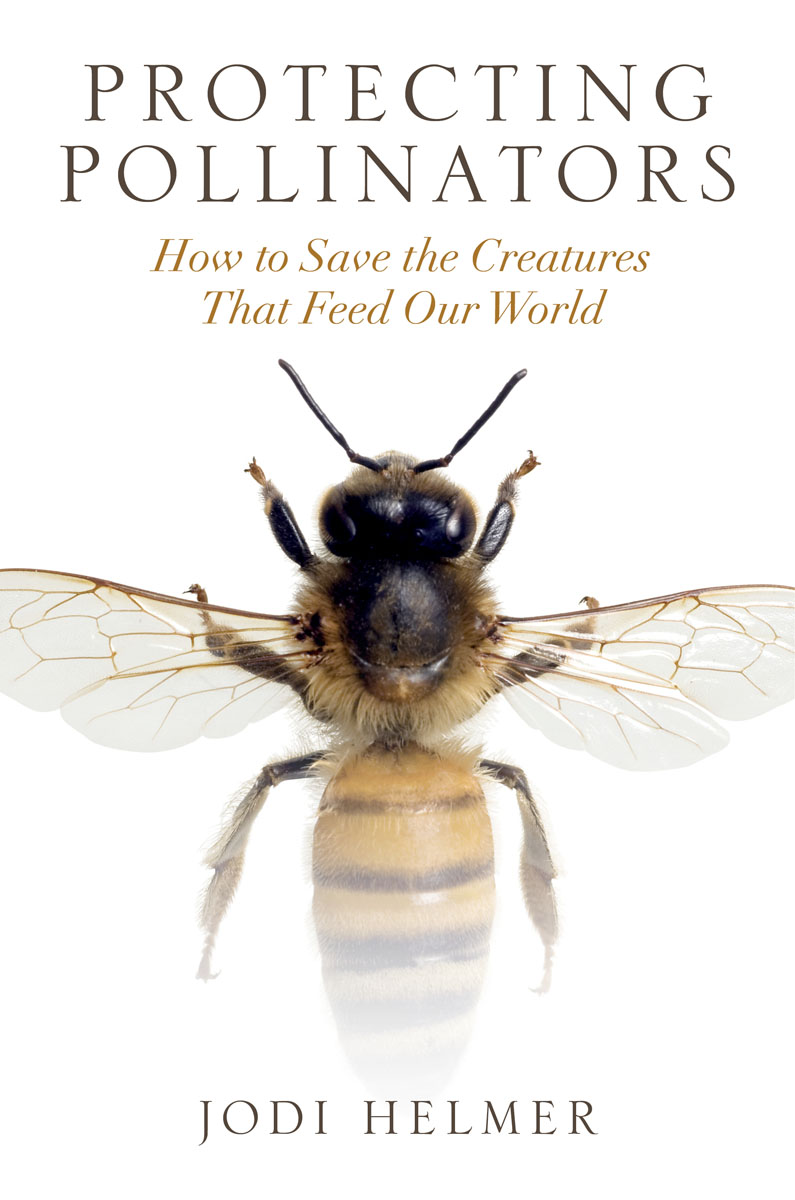
About Island Press
Since 1984, the nonprofit organization Island Press has been stimulating, shaping, and communicating ideas that are essential for solving environmental problems worldwide. With more than 1,000 titles in print and some 30 new releases each year, we are the nations leading publisher on environmental issues. We identify innovative thinkers and emerging trends in the environmental field. We work with world-renowned experts and authors to develop cross-disciplinary solutions to environmental challenges.
Island Press designs and executes educational campaigns, in conjunction with our authors, to communicate their critical messages in print, in person, and online using the latest technologies, innovative programs, and the media. Our goal is to reach targeted audiencesscientists, policy makers, environmental advocates, urban planners, the media, and concerned citizenswith information that can be used to create the framework for long-term ecological health and human well-being.
Island Press gratefully acknowledges major support from The Bobolink Foundation, Caldera Foundation, The Curtis and Edith Munson Foundation, The Forrest C. and Frances H. Lattner Foundation, The JPB Foundation, The Kresge Foundation, The Summit Charitable Foundation, Inc., and many other generous organizations and individuals.
The opinions expressed in this book are those of the author(s) and do not necessarily reflect the views of our supporters.

Island Press mission is to provide the best ideas and information to those seeking to understand and protect the environment and create solutions to its complex problems. Click here to get our newsletter for the latest news on authors, events, and free book giveaways. Get our app for Android and iOS .

Copyright 2019 Jodi Helmer
All rights reserved under International and Pan-American Copyright Conventions.
No part of this book may be reproduced in any form or by any means without permission in writing from the publisher: Island Press, 2000 M Street, NW, Suite 650, Washington, DC 20036.
ISLAND PRESS is a trademark of the Center for Resource Economics.
Library of Congress Control Number: 2018959605
All photographs by the author.
All Island Press books are printed on environmentally responsible materials.
Manufactured in the United States of America
10 9 8 7 6 5 4 3 2 1
Keywords:
Monarch butterfly, bats, honeybees, migration, native plants, invasive species, pesticides, farming, gardens, endangered species, seed libraries, climate change
For Charlotte, Sadie, Sam, and Farrah, who deserve to grow up in a world where nature is abundant and protected.
Contents
Introduction
O N A SWELTERING AFTERNOON LAST J UNE , I stood over a beehive, removing one frame after another, looking for signs of life. Small hive beetles (Aethina tumida) had decimated the colony: they burrowed into the combs and ate the brood and pollen; their excrement contaminated the honey and covered each frame in a thick slime. The honeybees (Apis mellifera) either died or absconded, leaving us with a hive filled with invasive beetles and no bees.
I had done a routine inspection less than a week earlier and noticed the hive was queenless. (A hive can lose the queen for a number of reasons, including disease; she can also be killed by other bees in the colony or by a predator during her mating flight. Once the hive is without its queen, it is vulnerable and a new queen needs to be installed ASAP.)
As soon as I noticed the issue, I called my beekeeping mentor, Bee (yes, thats her real name), and she agreed to bring three new hivesone to merge with our queenless hive to get it queen right, and two others so we could compare colonies and have additional bees to boost weak hives in case something like this happened again.
Before we could install the new hives, we did a second inspection of our original hive. Although just a few days had passed between inspections, by the time Bee arrived, the small hive beetles had taken over, killing the hive and forcing me to start over. Again.
Our first hive was a gift for my husband, Jerry, who loved the idea of producing local honey in our backyard. I was initially nervous around the stinging insects and preferred watching from afar, but I quickly became fascinated with the strong social networks in colonies and the complexity of the lives the bees led inside the small wooden box.
To learn to be a responsible beekeeper, I read countless books, attended bee school through the local county extension office, and connected with a patient and knowledgeable mentor. Jerry and I did hive inspections together, relying on each other to maximize our powers of observation and to troubleshoot problemsand there were a lot of problems, from small hive beetles to bees that swarmed before we could split the hive. Nevertheless, we persisted.
Learning about the threats facing all pollinators made me want to helpand a big part of that was becoming a better beekeeper and ensuring that I was doing all I could to make our hives thrive. On that blazing-hot afternoon in June, I promised three new hives filled with healthy bees that I would do my best to protect them.
The more I learned about honeybees, the more I learned about other pollinators. I started noticing sweat bees (Lasioglossum spp.) hovering over the clover in our yard and carpenter bees (Xylocopinae) burrowing into the wood in our barn to build their nests; I watched hummingbirds alight at the feeders filled with red nectar that hung in the garden; and I noticed that none of the butterflies flittering to and fro were monarchs (Danaus plexippus).
Watching the pollinators all around me got me thinking back to elementary school lessons on pollination. I have only the fuzziest recollections of labeling the male and female plant parts, printing stamen and pistil in careful block letters next to line drawings of flowers; and using fat black and orange crayons to color a picture of a monarch butterfly that was later hung on the classroom wall. I dont remember hearing stories about the migratory journeys of the iconic eastern monarchs that travel up to 100 miles a day to make the trek from their northern ranges to sunny Mexico, where they spend their winters hibernating in oyamel fir trees; or learning about the important role that pollinators played in getting my favorite foods to the table. Maybe I would have paid more attention if my teacher had explained that we needed pollinators to have chocolate!
Researching Protecting Pollinators helped me understand that a lot of us have forgotten the role that pollinators play in our ecosystem. When I mentioned this project, people responded with: So, youre writing a book about bees?
Well, sort of. In writing this book, I wanted to go back to basics. Before we can understand what is happening with pollinators and what is being doneor what can be doneto protect them, we first need to be reminded of what pollination is, who does the work, and why it matters.
Pretty creatures like honeybees and monarch butterflies have become the faces of pollination; less-attractive pollinators like hoverflies (Syrphidae) or hawk moths (Sphingidae) are almost never part of the conversation because its hard to get childrenand adultsexcited about hard-to-identify insects that lack colorful anatomies and enchanting stories of long migratory journeys. So those childhood coloring pages are often filled with monarch butterflies, honeybees, and hummingbirds, which remain the most well-studied and well-understood pollinators.
Next page
